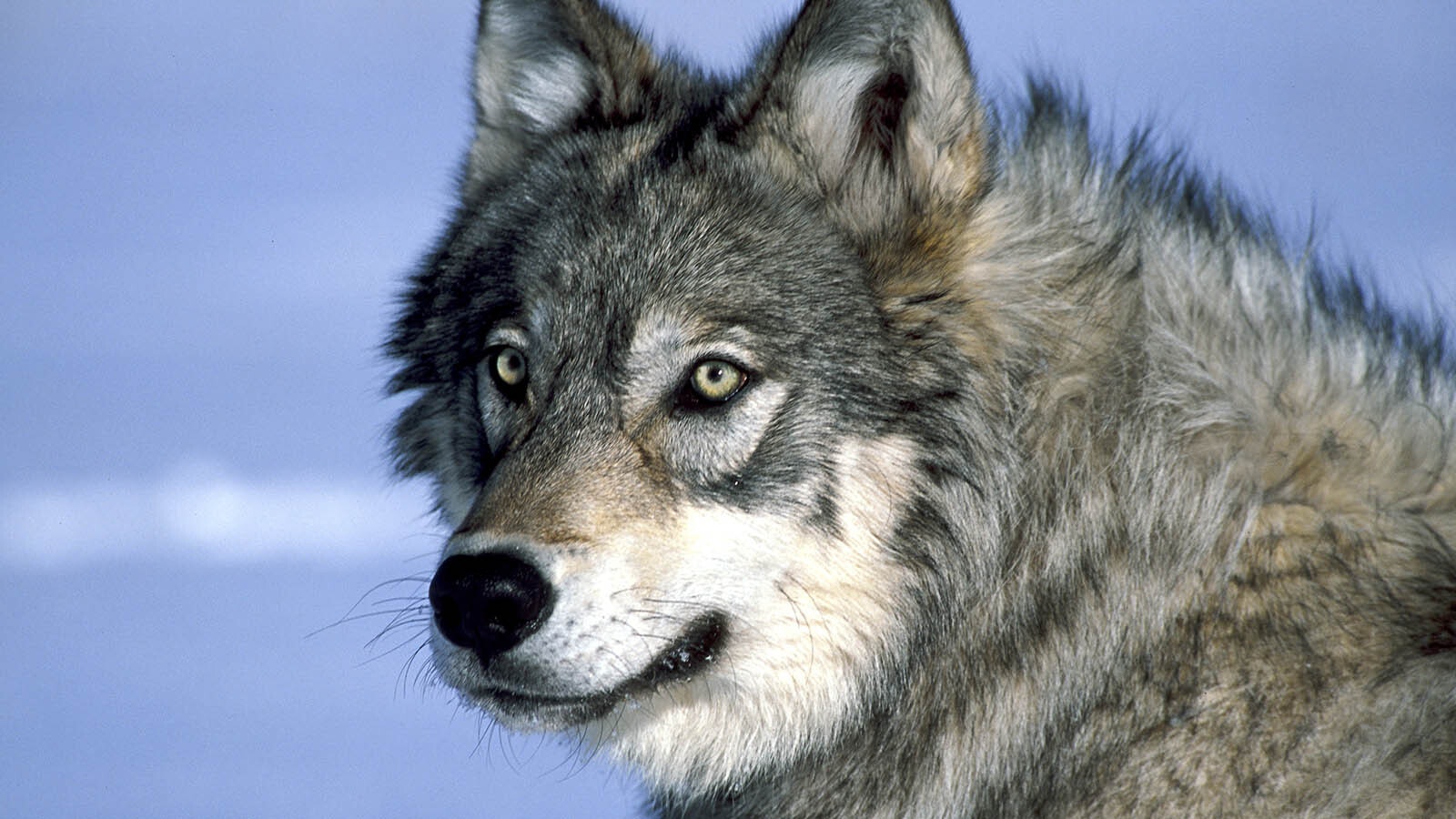According to a new study, being infected with a parasite called toxoplasma gondii might sound ominous, but unless you’re pregnant, there might not be too many downsides – for either wolves or humans.
It’s endemic in felines, and one primary means of transmission is cat scat, a wildlife researcher said.
The parasite is known to prompt leadership and more risk-taking behavior in wolves, and some researchers think that it could have similar effects in humans, Kira Cassidy, a research associate with the National Park Service, told Cowboy State Daily.
There’s been some speculation that in humans, it can increase such behaviors as risk-taking and entrepreneurship, and even boost sex appeal, she said. However, that’s been extremely difficult for scientists to quantify. With people, there’s simply too many variables at play to establish any sound conclusions.
“Human behavior is complicated and affected by many things,” Cassidy said.
Perhaps people should think twice before cozying up to a litter box or a pile of mountain lion poop, thinking that it might bring good fortune and a better love life.

What About Wolves?
In wolves, it’s been far easier to establish a connection between toxoplasma gondii infection and a greater likelihood of pack leadership, wanderlust and other emboldened behaviors, Cassidy said.
The parasite can infect brain and muscle tissue in most birds and mammals, she said. Worldwide, as much as 30% of the human population might have toxoplasma gondii in their systems. Roughly 27% of Yellowstone Park’s wolves are thought to have it.
In some Yellowstone wolf packs that spend a lot of time near mountain lions, the rates could be as high as 40%, she said.
Toxoplasma gondii in wolves is nothing new, Cassidy said.
“It’s probably something that is found in most places around the globe and goes back thousands of years,” she said. “So in wolves, it’s probably something that has co-evolved with the species.”
Deadly To The Unborn
In both humans and wolves, the parasite doesn’t seem to affect overall health. Most people who carry it are unaware they have it, Cassidy said, and it doesn’t appear to have sickened any wolves in Yellowstone.
However, the parasite can prove deadly to fetuses if either a human or wolf mother-to-be is infected, Cassidy said. That’s why doctors caution against pregnant women cleaning domestic cats’ litter boxes.
Wolves in Yellowstone rarely live more than about three or four years, so many females get only one shot at reproduction, Cassidy said. If an infected female loses her litter to a parasitic infection, she’ll likely never pass on her genes.
Trying To Get Back To Cats
Because felines are the primary host species, it’s thought that the parasite’s effects on some other animals increase its odds of getting back into cats – large and small.
For example, infection in rodents could prompt those critters to be less afraid of the scent of feline urine or more likely to take risks such as “walking around out in the open” where a cat might easily catch them, Cassidy said.
“That’s why wolves and humans are both sort of a dead-end species for this parasite,” she said. “Neither of us is very likely to be killed and eaten by a big cat.”
Although wolves, if caught alone, might sometimes be killed by mountain lions, it’s far more likely to be the other way around, Cassidy said. A pack of wolves might slay a mountain lion – which they see as competition for prey.
Either way, it’s a rare occurrence. For the most part, mountain lions and wolves in Yellowstone seem to avoid each other, she said.
How Are Wolves Infected?
When wolves were first reintroduced into Yellowstone in the mid-1990s, none of the seed population were apparently infected with toxoplasma gondii, Cassidy said. And the park’s mountain lion population also was scant at the time.
As the mountain lion population bounced back, that could have increased the wolves’ chances of being infected because the parasite started showing up in wolf blood samples around 1999, she said.
Exactly how Yellowstone wolves were first infected, and continue to be, remains somewhat of a mystery.
Some might get it directly by eating mountain lion scat, Cassidy said. Or grass in the proximity of scat might be eaten by elk, which in turn are eaten by wolves.
However, infection rates in Yellowstone’s elk seem extremely low, so that might not account for many of the wolf infections, she said.
Wolves might also get infected by drinking from water sources that have been contaminated with mountain lion scat, she added.
Good Leaders?
As to the ultimate effect on wolves, it’s fairly clear the parasite does make an infected wolf behave more boldly, and thus be more likely to take a leadership position in a pack, Cassidy said.
It might also prompt other wolves to take the risk of striking out on their own. Yellowstone wolves have been known to wander far and wide. It’s thought that Colorado’s North Park wolf pack was founded by wolves that traveled from Yellowstone.
However, greater odds of an infected wolf seizing leadership might not translate into quality of command, Cassidy said. Researchers are still trying to determine that.
“We haven’t quantified whether an infected wolf made more likely to become a leader would actually be a good leader,” she said.





